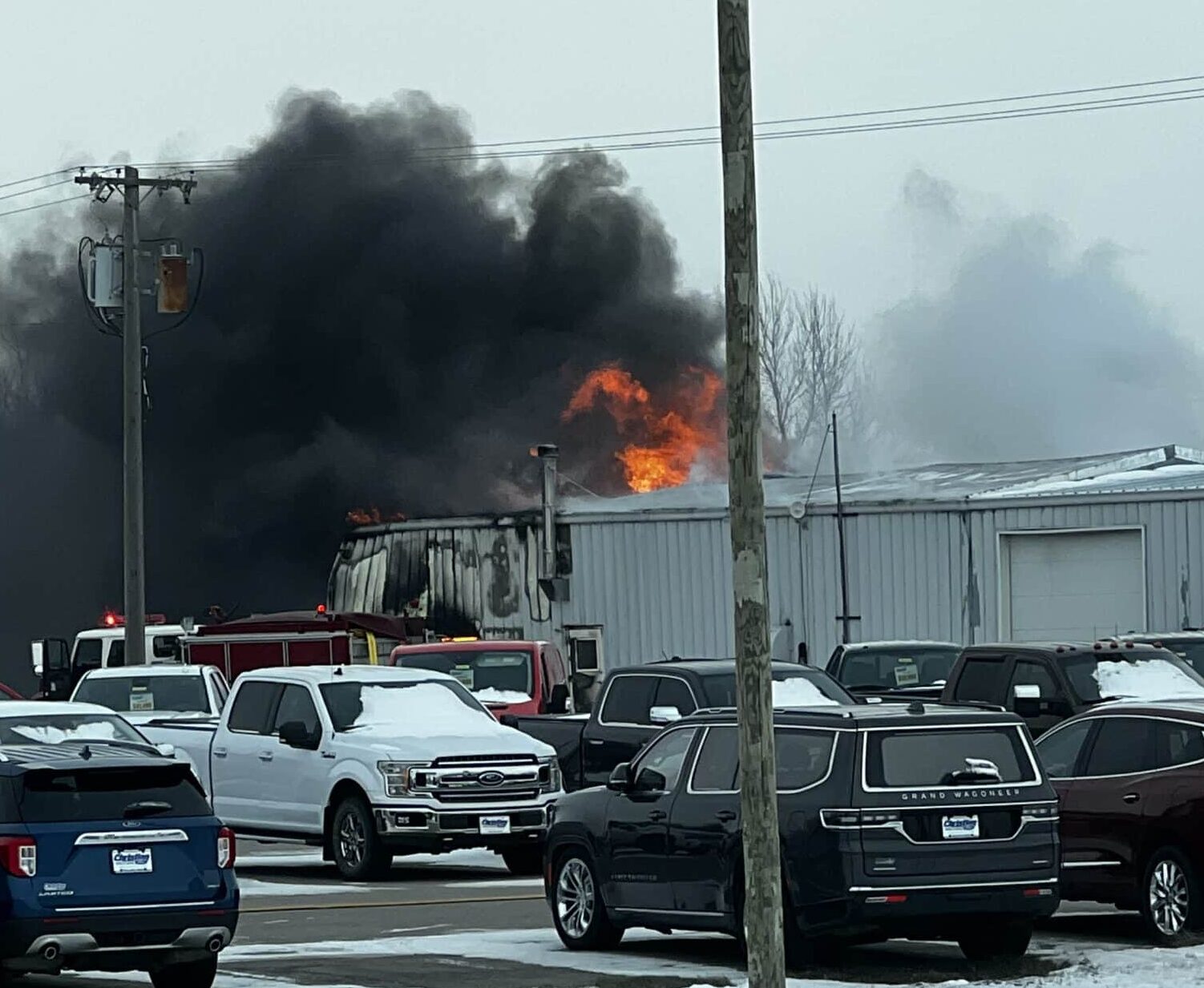The Minnesota Department of Natural Resources (DNR) is updating its chronic wasting disease response plan after discovering a wild white-tailed deer infected with CWD within the city of Grand Rapids. The response plan update will better reflect a statewide approach to disease surveillance, management, control, and education.
This is the first time CWD has been detected in wild deer in this deer permit area, so the DNR is also taking immediate steps to understand the prevalence of the disease in wild deer in the Grand Rapids area. The agency will work with local road authorities to collect samples from road-killed deer and is exploring opportunities for targeted culling where it can be performed safely.
“We’ve always looked at CWD as a disease that could impact the entire state, yet implemented disease management actions as needed in each area where CWD was found,” said Kelly Straka, the DNR’s wildlife section manager. “This new discovery doesn’t make CWD a statewide problem, but it does mean we need to take more of a statewide approach.”
While the surveillance outlined in the DNR’s current response plan made this detection possible, the finding of CWD in Grand Rapids highlights the need for an enhanced statewide sampling approach.
The enhanced statewide surveillance will include:
- Updating the DNR’s CWD response plan this spring
- Investigating options for hunters to use a self-mailing kit for free testing statewide
- Expanding the taxidermist network (Partner Sampling Program) statewide
- Upgrading and improving current design for self-service stations
The DNR will seek public input as it explores and implements the ideas above and other options for enhanced statewide surveillance.
“The DNR has taken an aggressive approach to managing CWD in Minnesota,” said DNR Commissioner Sarah Strommen. “We will continue this strong approach as we address this latest finding and update our statewide CWD response plan. The health of Minnesota’s wild deer herd remains a top priority for the DNR.”
There now are eight areas spread across Minnesota, from north to south, where CWD has been found in wild or farmed deer. Despite these detections, the disease remains rare in Minnesota. Fewer than 1% of deer have tested positive for CWD in areas where the disease has consistently been detected during the past five years.
Since 2002, DNR has tested 106,000 deer statewide, and 153 have tested positive. Most of those cases occurred in southeastern Minnesota.
The DNR received confirmation of the Grand Rapids CWD infection on March 15. A Grand Rapids resident reported to the DNR in mid-February that an adult doe had died in his backyard. DNR staff collected the carcass and submitted a lymph node sample for CWD testing.
Results of a full necropsy showed the deer died from a collision with a vehicle, not CWD. The deer showed no clinical signs of the disease, but final test results confirmed the infection.
Active surveillance for CWD has not occurred in the location where the infected deer was found (deer permit area 179) since 2004. The DNR conducted CWD surveillance to the west and north of Grand Rapids in fall 2021 in DPAs 197, 169, 184, and 110 in response to captive deer infected with CWD on a Beltrami County farm. More than 1,800 samples were tested, and CWD was not detected. To the west and south of Grand Rapids, a CWD management zone exists in DPA 604. Surveillance has been ongoing in this area since 2017. Two wild deer detections have been found in the 6,300 deer tested since surveillance began.
More information about CWD and what the DNR is doing to limit disease spread and protect the health of Minnesota’s white-tailed deer is available on the DNR website (mndnr.gov/CWD).





